Barcelona is the capital of Catalonia, an autonomous region in Spain. Therefore the local cuisine is Catalan cuisine, but you can obviously find typical Spanish food in Barcelona as well.
Below we’ll dive into which food to try in Barcelona, and tell you in which restaurants we tried them. But first, some general information about eating out in Barcelona.
Know before you eat in Barcelona
In Barcelona, like in other Mediterranean cuisines, eating is about enjoying your food, slowly, together with friends or family and perhaps accompanied with some wine. Food is typically shared, think about paella and tapas.
Lunch is their most important meal of the day, after which a siesta may or may not follow. Dinner time is quite late, usually starting from 20:30, which isn’t unusual in regions with a warmer climate than we Belgians are used to.
When you’re trying to decide on a restaurant in Barcelona, avoid the touristy ones near big tourist attractions like the Sagrada Familia and La Rambla. Waiters approaching passers-by, dishes on display, and photo menus are often a sign of tourist traps as well.
Paella for lunch
Contrary to what most people assume, paella is actually a typical lunch dish. It’s considered too heavy a meal for dinner. Paella is made and served in a wide shallow pan, meant to be shared.
Did you know paella is the Valencian word for frying pan?
Paella is one of the first things that come to mind when thinking about Spanish food. It is believed to be originated in Valencia, with Paella Valenciana (with rabbit, chicken and optionally snails) being the original recipe.
Paella has spread throughout Spain though, and is widely served in Barcelona as well. Often you can choose between a seafood paella, a meat paella and a vegetarian paella.
When eating paella, you’ll notice the bottom of the pan is coated with caramelized rice. This is called soccarat and considered the best part of the paella, important to share equally!
The Catalan version of the seafood paella is called Fideuà and is made with short noodles (Spanish fideo pasta) instead of rice.
Another variant of seafood paella is arròs negre, with black rice as a result of using squid ink for flavour.
The only restaurant in Barcelona where we had paella for lunch is LaLola, a (probably somewhat touristy) restaurant on top of Arenas de Barcelona, a shopping mall. Their vegetable paella was good, but not as good as the one we made in our paella cooking class.
Paella cooking class
If you want to learn how to make paella yourself, you should take a paella cooking class in Barcelona. It’s a win-win-win: have a great time, eat a delicious paella and take your newly acquired skill (and paella recipe) home!
We joined one of the paella experiences from The Paella Club, with bottomless Spanish wine pairing. We had a lovely night, cooking paella with locally sourced ingredients, while sipping our wine, and eating a whole menu afterwards.
If you’re drawn by the bottomless (really!) wine pairing as well, we booked this hands-on paella class at The Paella Club. They offer other, shorter classes as well though. You can check out this whole list of (paella) cooking classes by different cooking schools in Barcelona, complete with reviews, rates and availability.
Tapas for dinner
You’ve probably heard of Spanish tapas before, the snack size portions of food you can combine into a whole meal. In Spain they usually have tapas for dinner, at a bar, shared with friends or family.
Basically any dish can be served as a tapa, but the typical tapas differ for different regions of Spain. Here are some of the favourites in Barcelona.
Did you know tapas are tapes in Catalan?
Pa amb tomàquet
Pan con tomate, or pa amb tomàquet in Catalan, is a typical tapa in Catalan cuisine. Literally “bread with tomato”, it’s basically toasted bread, rubbed with tomato, drizzled with olive oil and sprinkled with some (sea) salt. It might sound boring, but it can be sooo good when using quality ingredients, the secret to a good pa amb tomàquet.
We tried pa amb tomàquet in different restaurants, they serve it basically everywhere, but had the best one at our paella cooking class at The Paella Club.
Escalivada
Another classic Catalan tapa is escalivada, literally meaning “roasted” in Catalan. They’re smoky grilled vegetables, usually bell pepper and eggplant, soaked in olive oil, sometimes with anchovies. It can be served hot or cold.
We only tried escalivada at one restaurant, Vinitus, where they served it with goat cheese on top. Brecht really liked it!
Calçots
Another Catalan classic, only seasonally available, are calçots. It’s a vegetable similar to a spring onion which is served chargrilled, with romesco sauce. A must try when you’re in Barcelona (or Catalonia) between November and April.
Do note the correct way of eating calçots: hold them at the green leaves in one hand, while stripping down the blackened outer leaves with your other hand. Dip it in de romesco sauce and lower it from above your tilted head in your mouth. Double-dipping is allowed. As they’re eaten with your hands, it will leave your fingers greasy and blackened. The green leaves are usually not eaten.
We tried (a large portion of) calçots at Vinitus, where the waitress had to come over to explain how we should eat them, after she saw us ignorant tourists diving in without peeling them. Embarrassing! But good thing she did.
Bombas
Said to be invented in Barceloneta, a neighbourhood in Barcelona, bombas are breaded deep fried mashed potato balls with pork or beef in their centre. These croquettes are served with a spicy sauce and aioli. Supposedly must-try flavour bombs! (Pun intended.)
Croquetas
Similar to bombas, croquetas are also breaded and deep fried, but longer and more oval in shape. Inside no mashed potatoes, but there can be any type of meat or vegetable. The most popular one is probably a croqueta de jamón (ham).
Croquetas are on the menu in nearly all tapas bars, so we tried them in several places. We had very good ones at El Quim de la Boqueria, a kitchen with a bar around at the famous La Boqueria food market. You can find this stall on the left hand side of the big hall when you’re entering from La Rambla.
Patatas bravas
Patatas bravas are without a doubt the most famous Spanish tapa. These cubed fried potatoes with spicy sauce and aioli on top, are on the menu in every tapas bar in Spain.
We had the best patatas bravas in Barcelona at El Quim de la Boqueria, a kitchen with a bar around at the famous La Boqueria food market. As I mentioned before, you can find this stall on the left hand side of the big hall when you’re entering from La Rambla.
Cheese and cured meat board
Another classic tapa dish is a cheese and/or cured meat board. This doesn’t need much explaining, as it’s just a board with local cheeses and cured meats, usually served with crackers or bread. Manchego cheese and Iberico ham are regulars on boards like this.
Join a Barcelona tapas tour
We’ve tried to give you some tips on which tapas to definitely try when in Barcelona, but for expert advice from a local you should join a tapas food tour. They’ll not just know which tapas are the best, but also where they are the best. Here are some options:
Crema Catalana as dessert
We were usually so stuffed after lunch or dinner that we didn’t have room for dessert. If you do, you must try the local classic: crema catalana. It’s very similar to the French crème brûlée, but not quite the same.
Both are basically a custard cream with a crispy burnt sugar coat on top. However, the cooking method, ingredients, and ultimately the flavour are different. Whereas the classic crème brûlée has vanilla flavour, the classic crema catalan tastes like cinnamon and lemon.
Drinks
Make no mistake, the must-try drink when you’re in Barcelona, the capital of Catalonia, is cava, not sangria. Cava is the name for Catalan sparkling wine. Too bad (or maybe luckily) I was pregnant when visiting Barcelona, or I would have tried a glass of cava during every meal!
Bonus tip
And last but not least, a bonus must-eat in Barcelona: you must try the mascarpone croissant from Pastisseria Hofmann! Not a typical Barcelona must-eat, but so good. I just don’t want you to miss out. This was a golden tip, no 22 of 79 best things to do in Barcelona, from Christina from Happy to Wander. I owe you, Christina!
Take a Barcelona cooking class
If you want to take some of the Catalan cuisine home with you, you should take a cooking class in Barcelona. We already mentioned The Paella Club, a paella cooking school in Barcelona, where we took a great paella cooking class.
There are plenty of other cooking classes in Barcelona though, both for paella and tapas, some with a market tour included. Check out this classic tapas class for example, or this paella cooking class with the Foodie Sisters.
Or find a cooking class that suits your needs and budget in this list of cooking classes in Barcelona. Use the buttons on the top right to see the locations of the cooking classes on a map, or filter for wine tasting or paella making. Enjoy!
Join a Barcelona food tour
If you like eating and learning about the local cuisine (Catalan in this case), without the cooking part, you can join a food tour in Barcelona. We unfortunately didn’t have time for this, but we’ve round up some suggestions for you:
Hopefully you’ve found this post about what to eat in Barcelona helpful, and you’ll enjoy the foodie side of this Catalan capital as much as we did! Did we miss out on some classic Catalan dishes in Barcelona? Let us know in the comments for our next visit!
Like it? Pin it!
Did you find this post helpful? Help us spread the word by sharing this post or pinning the following image.


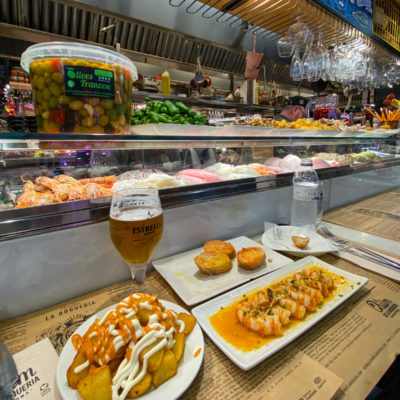


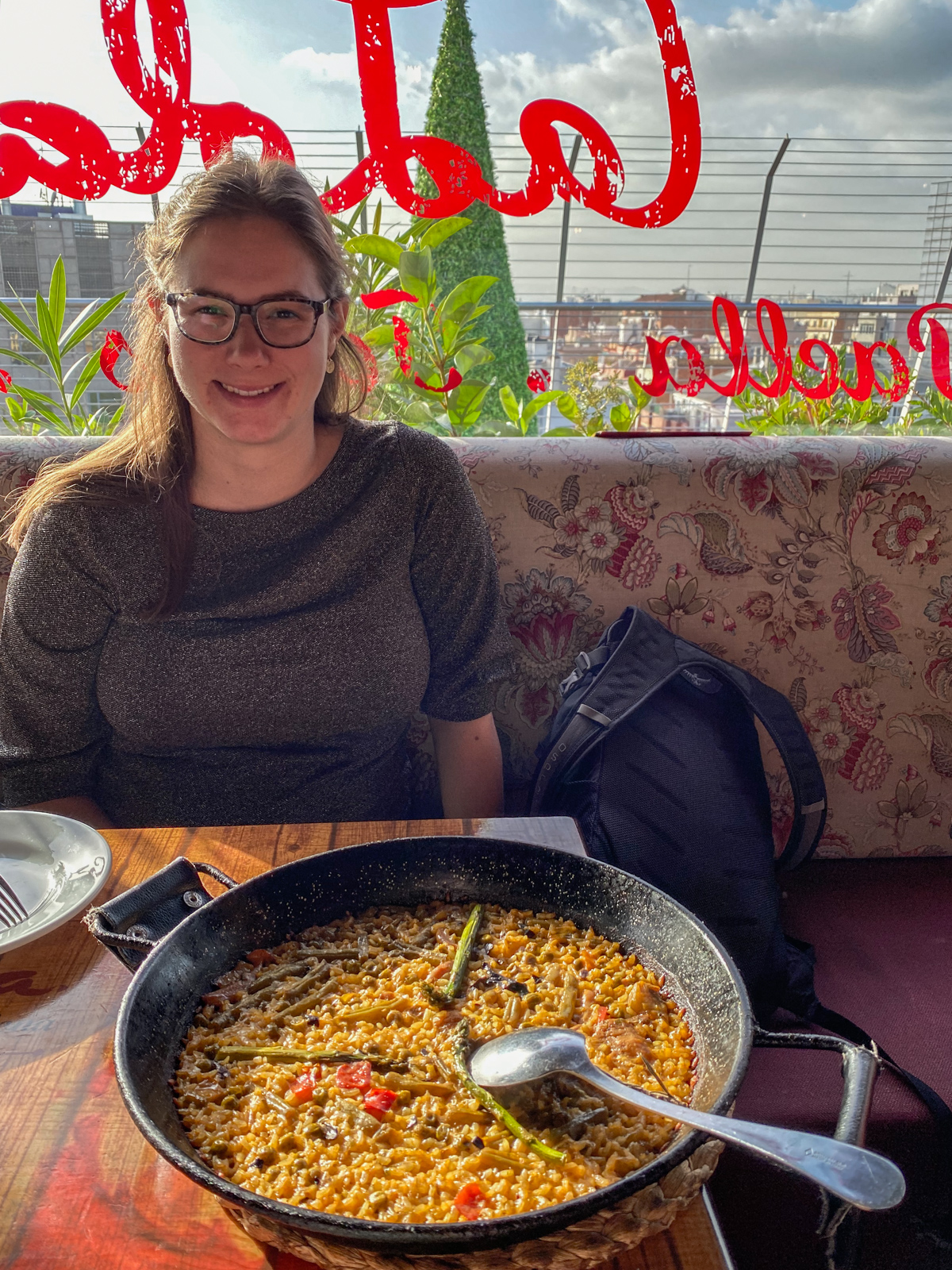
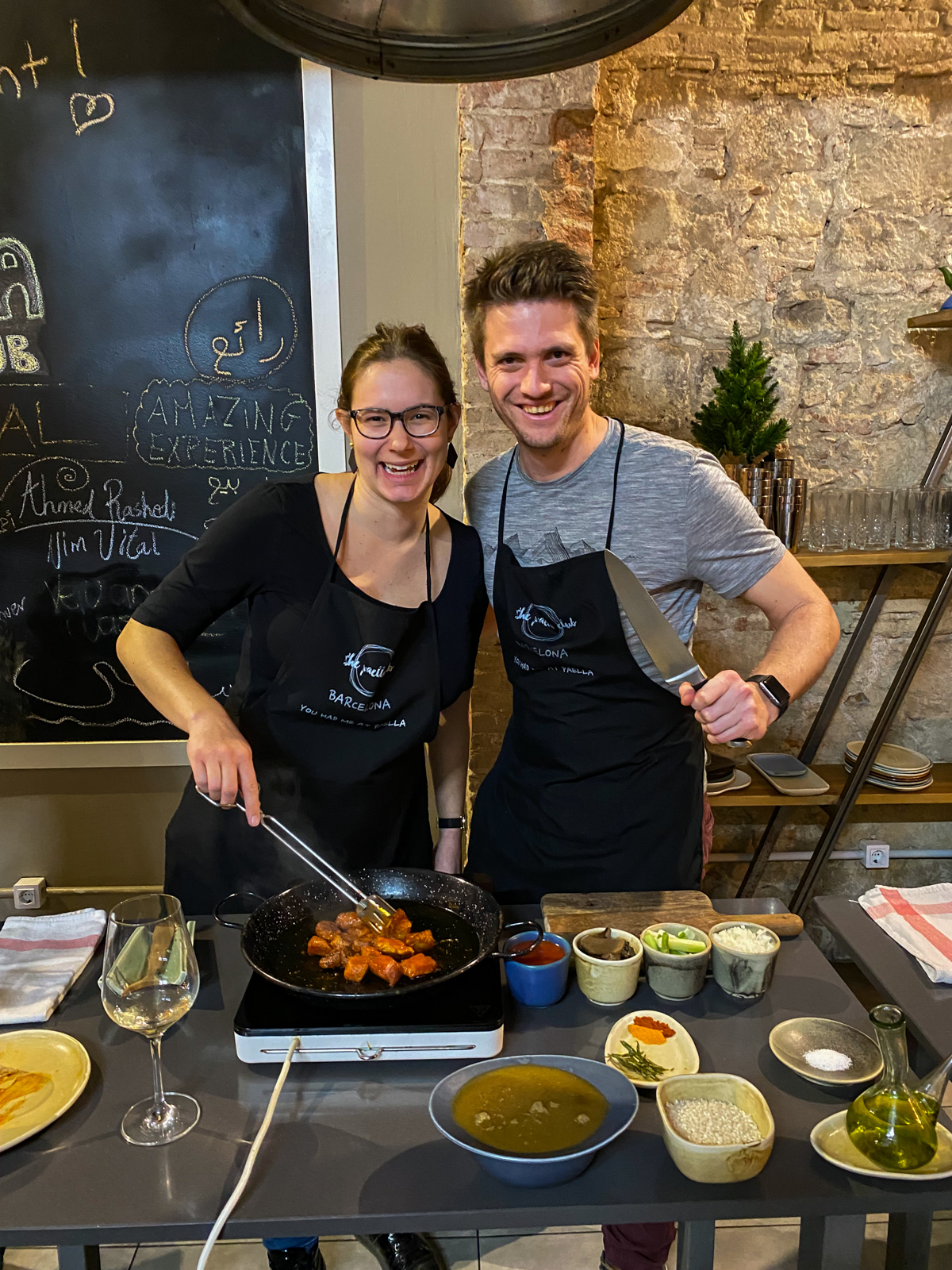
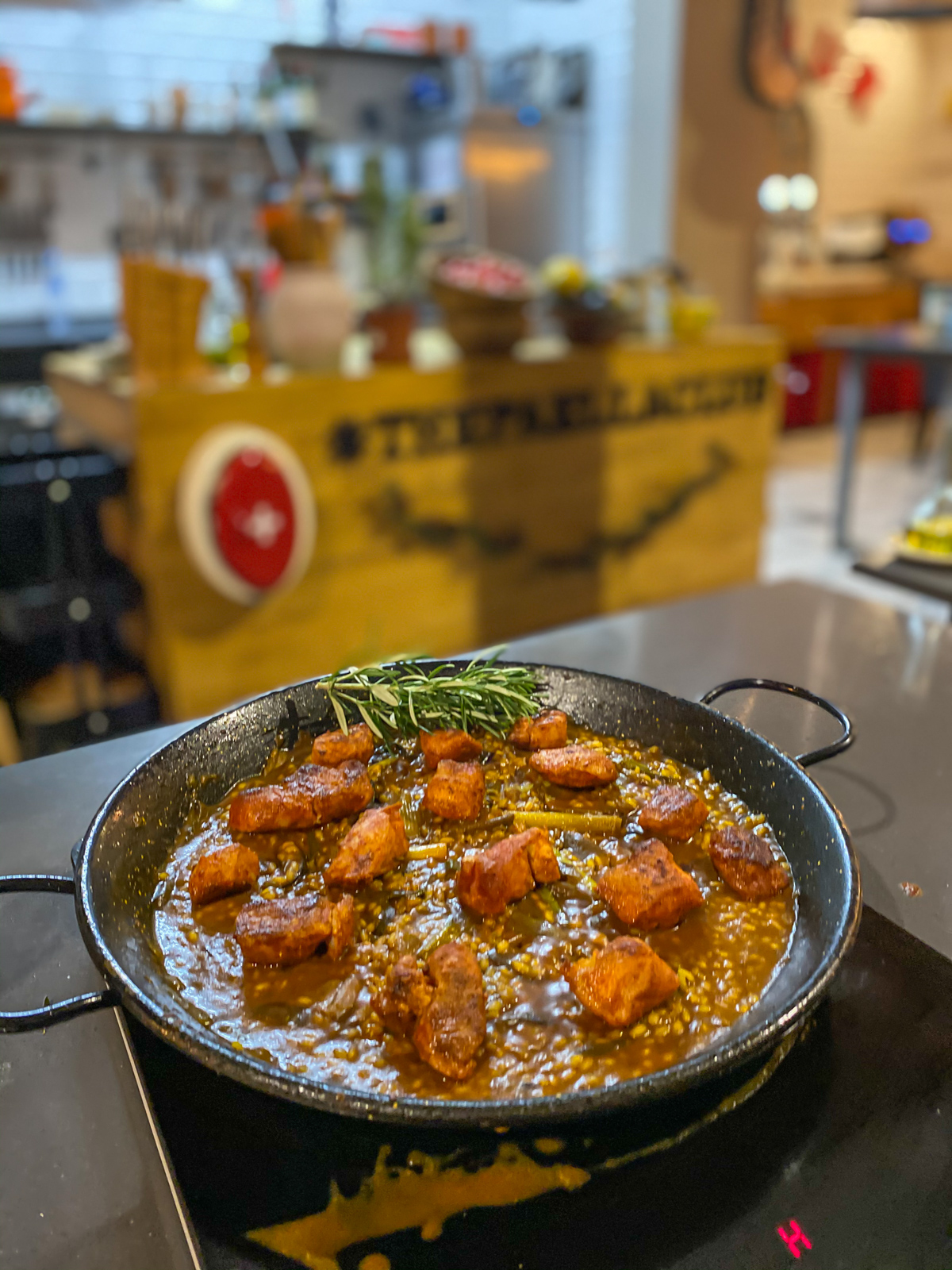

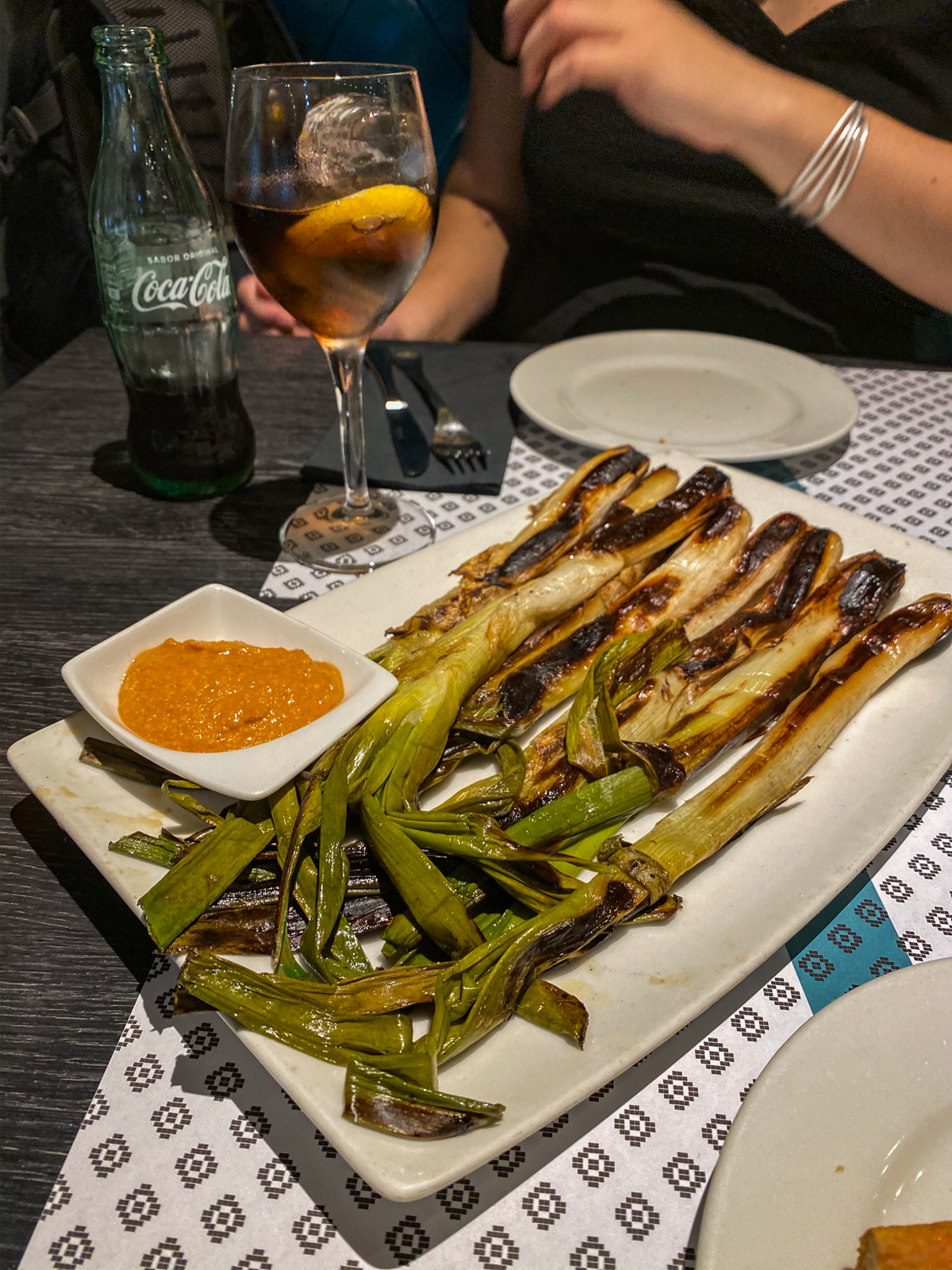
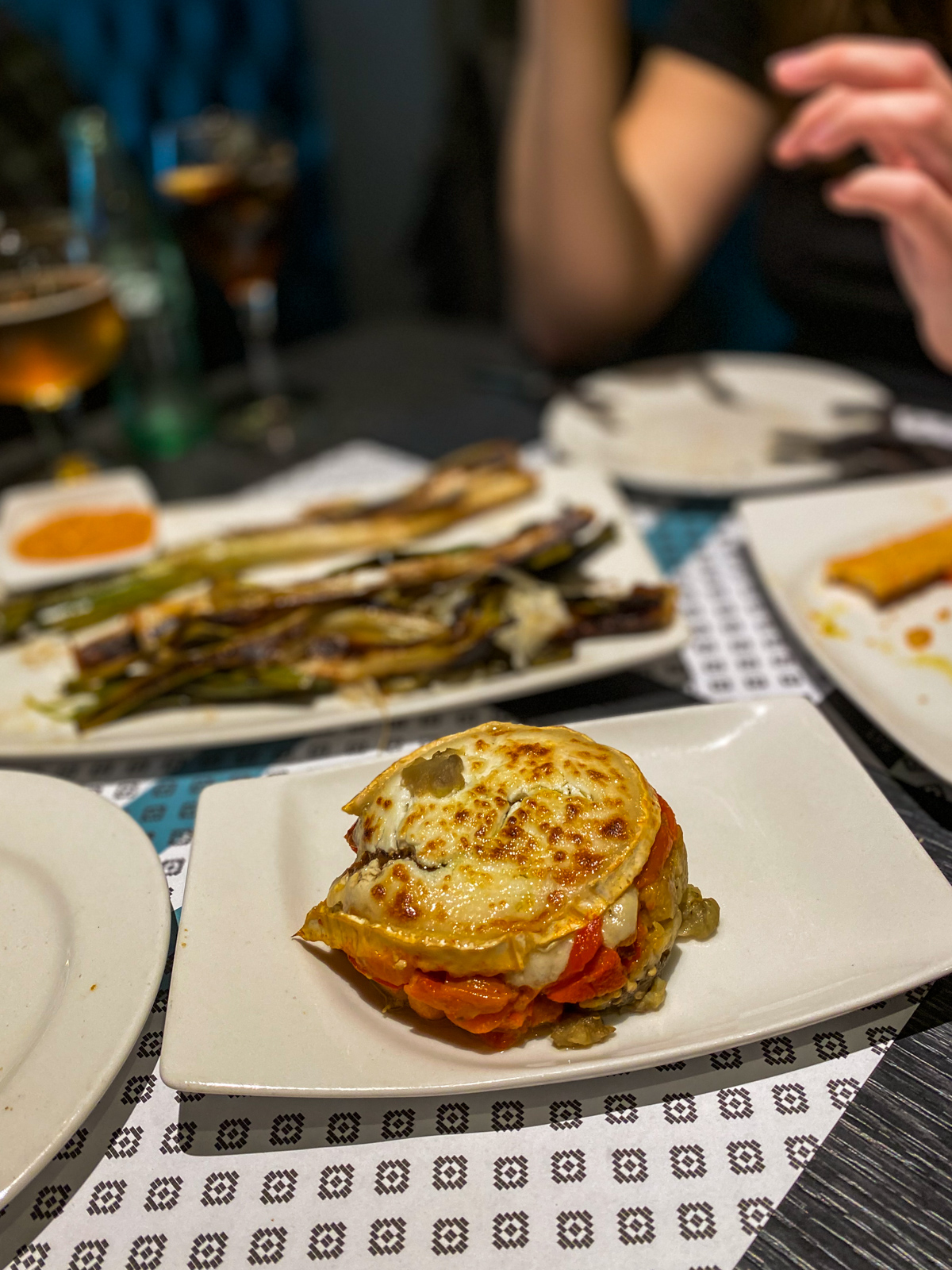
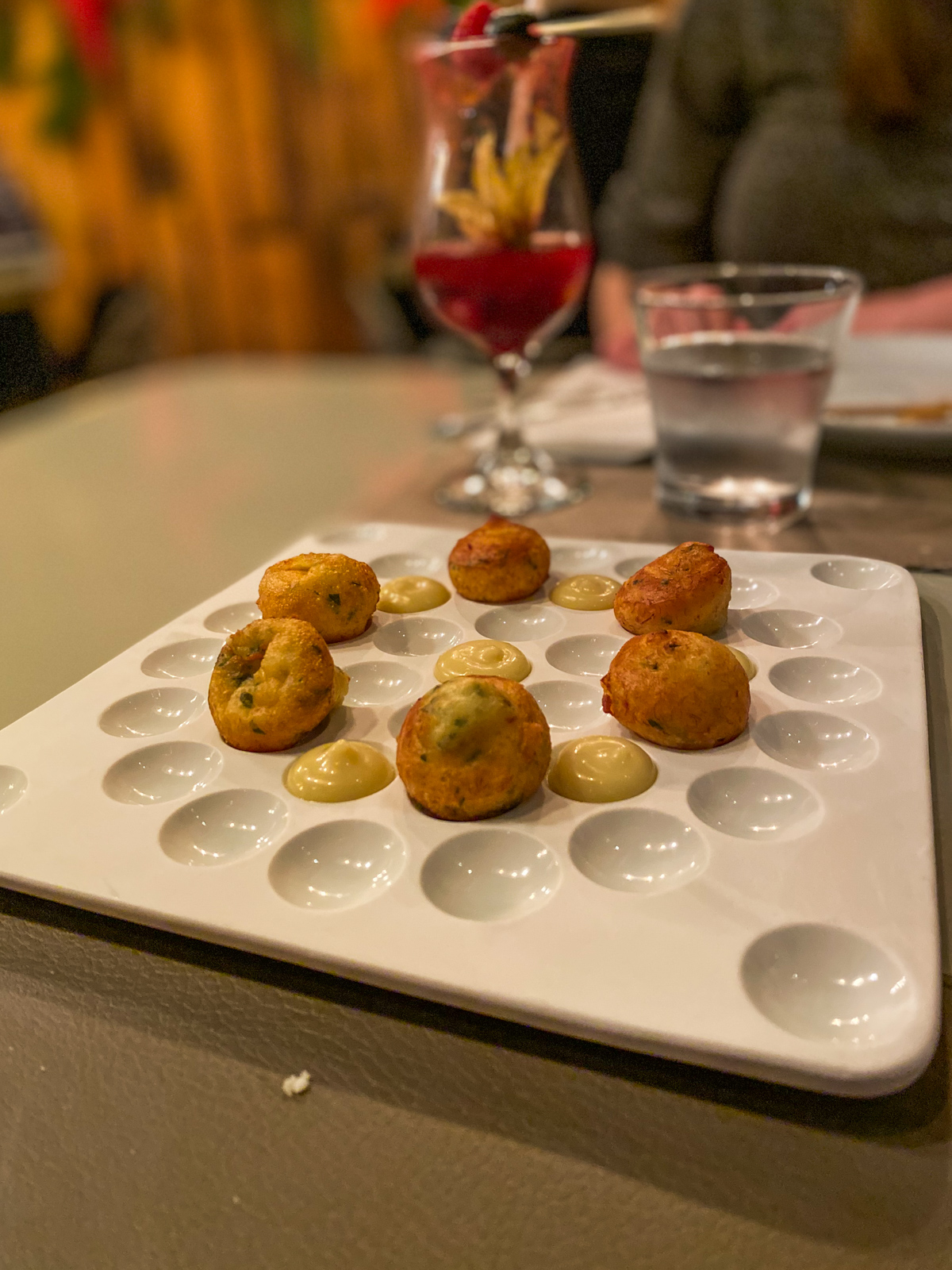

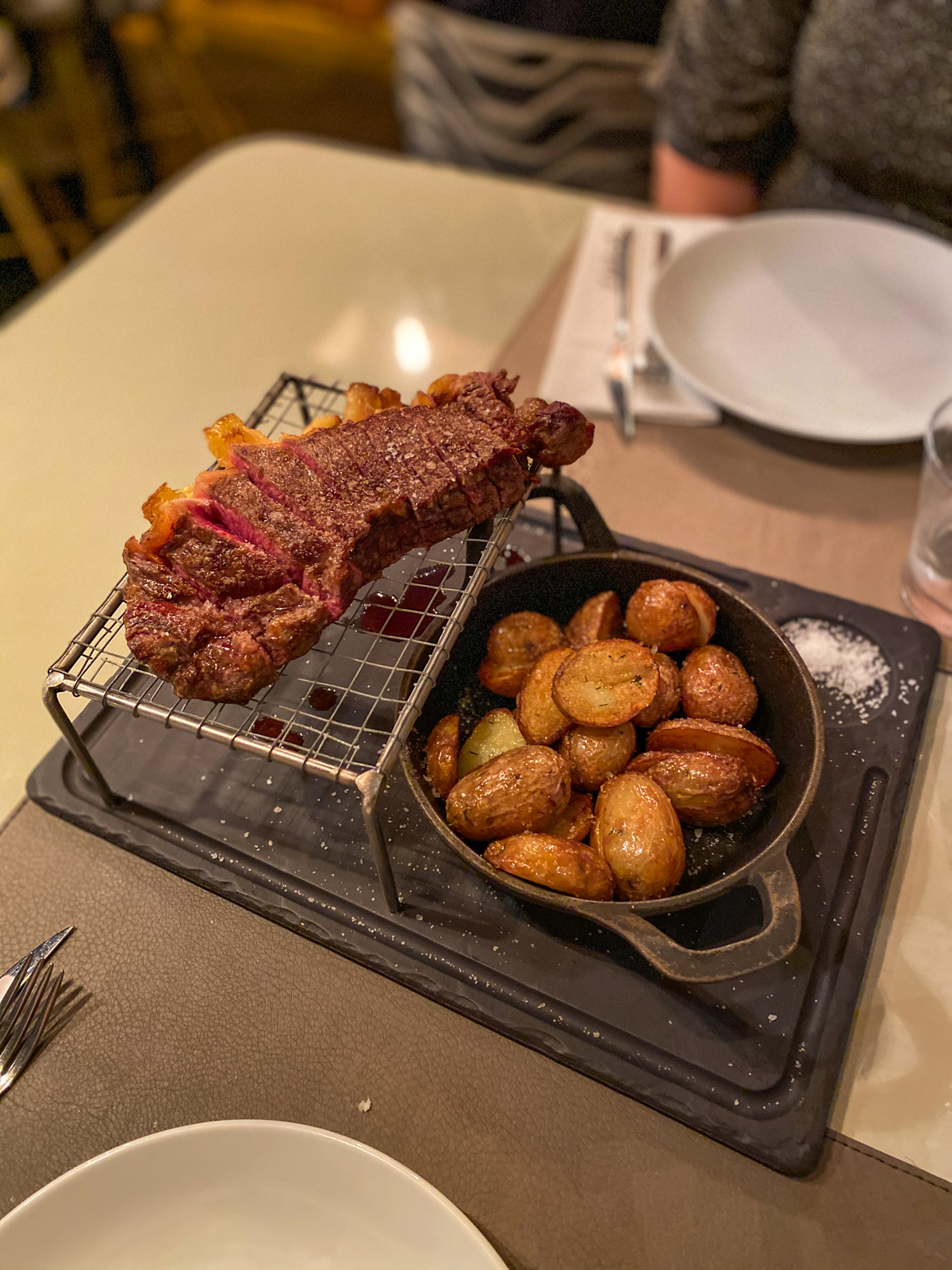

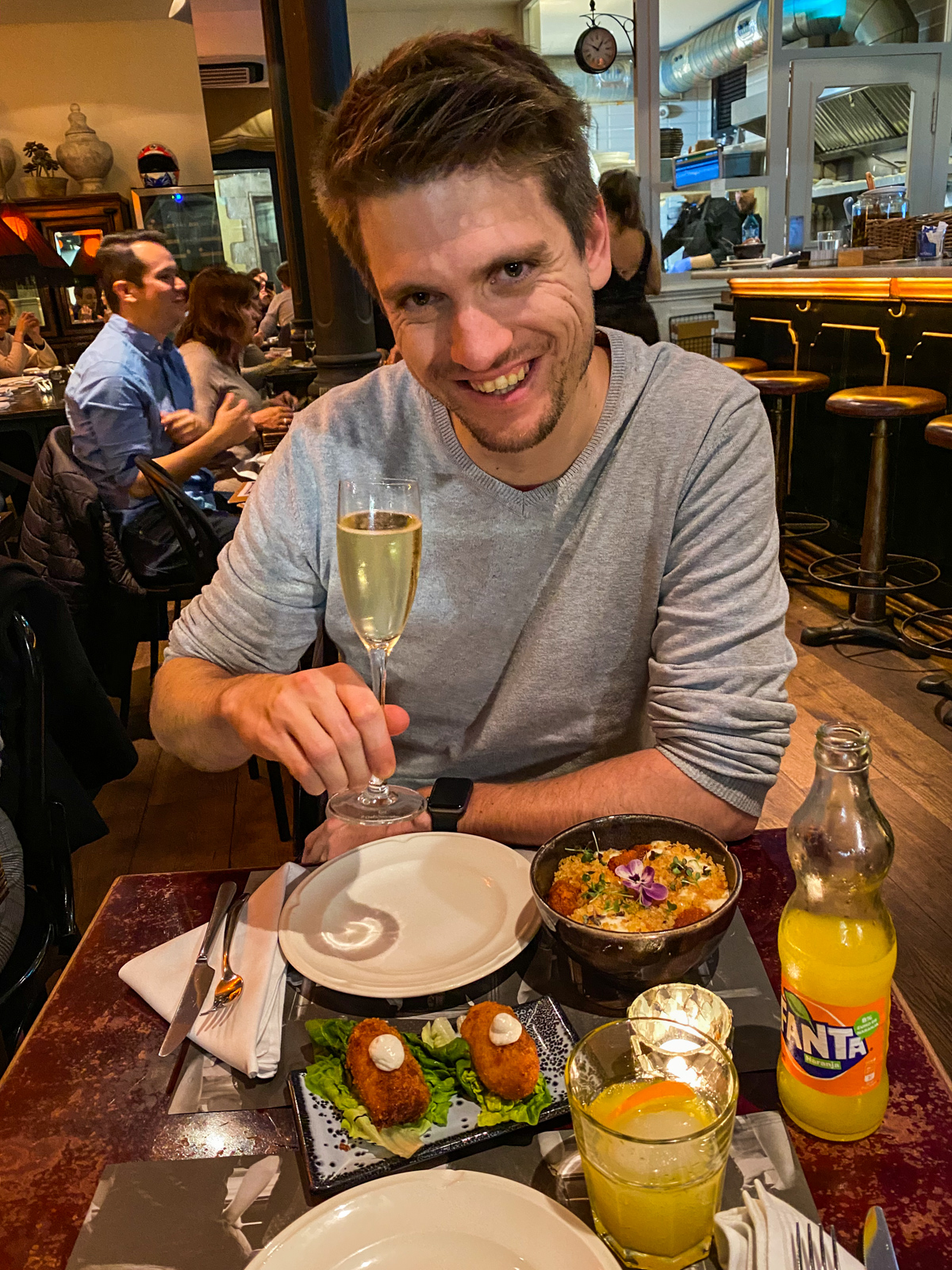
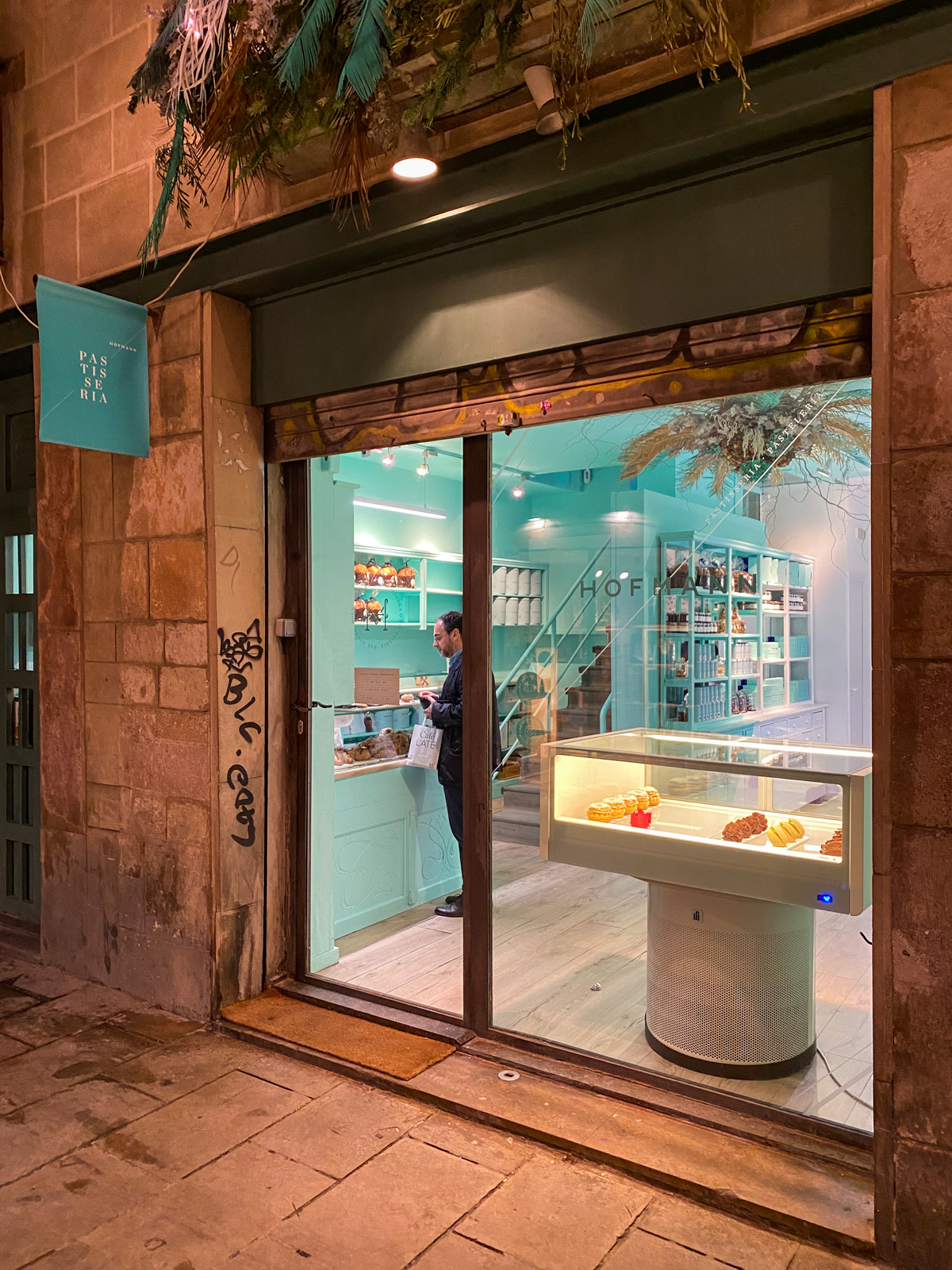
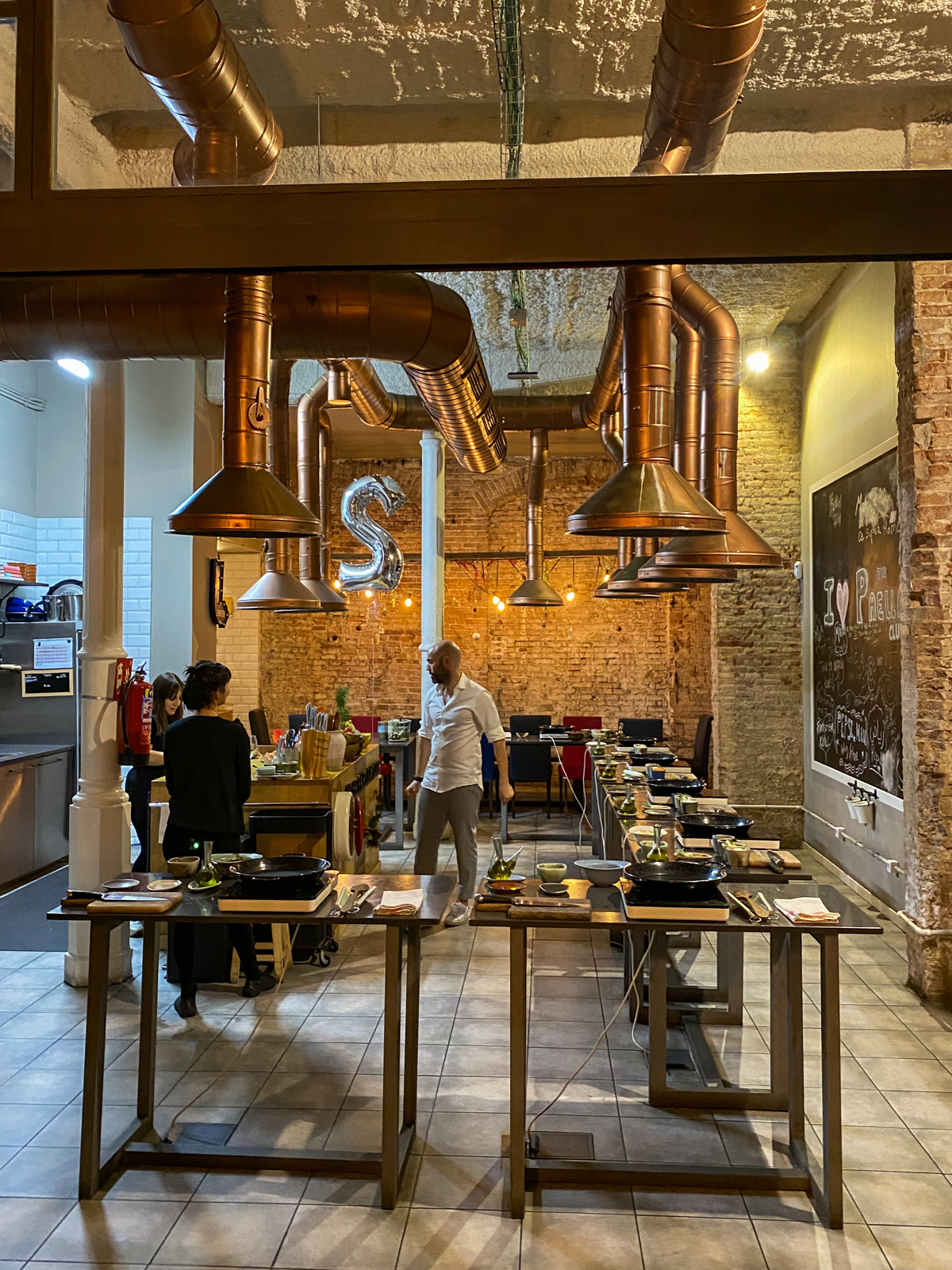
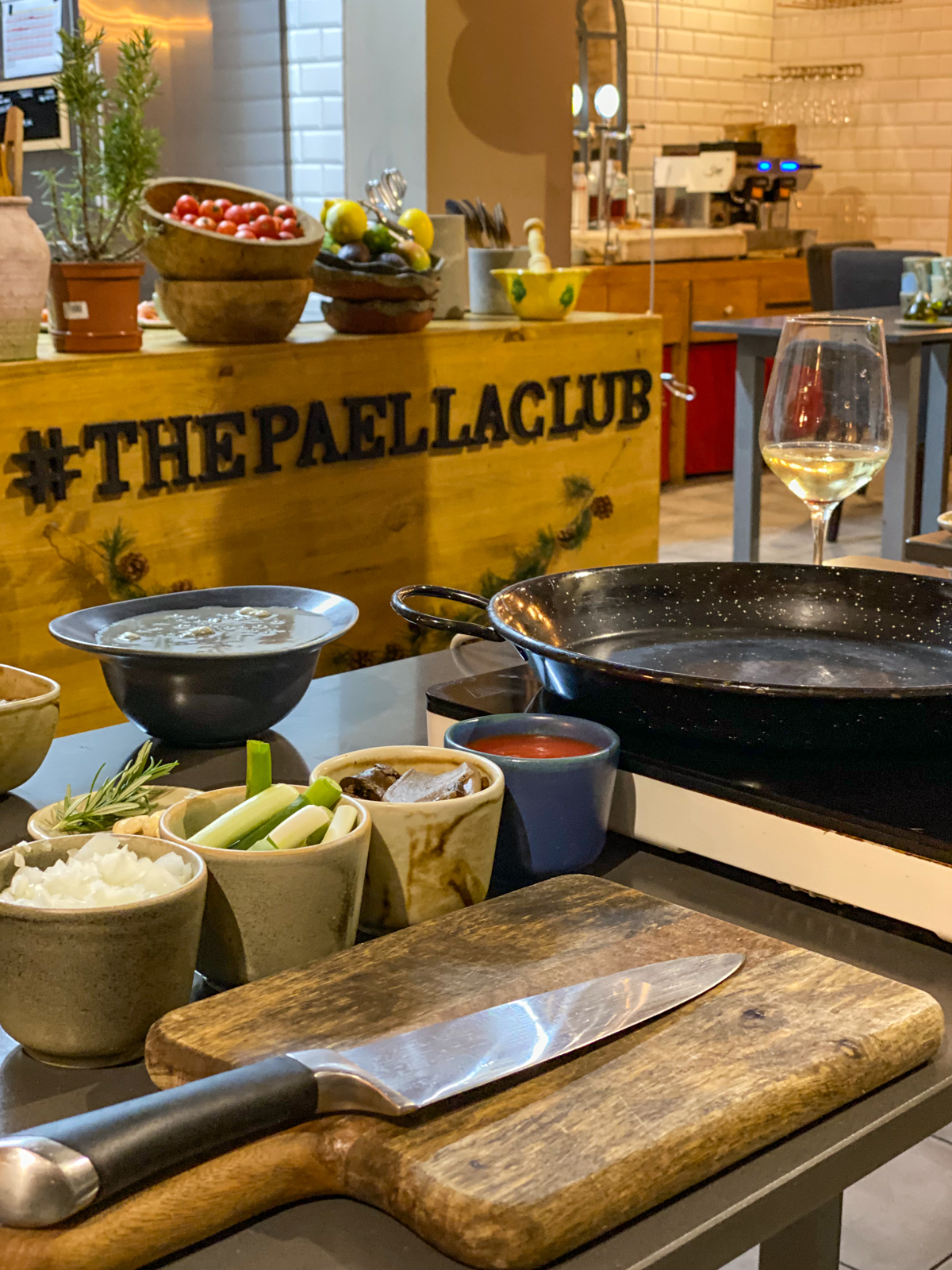
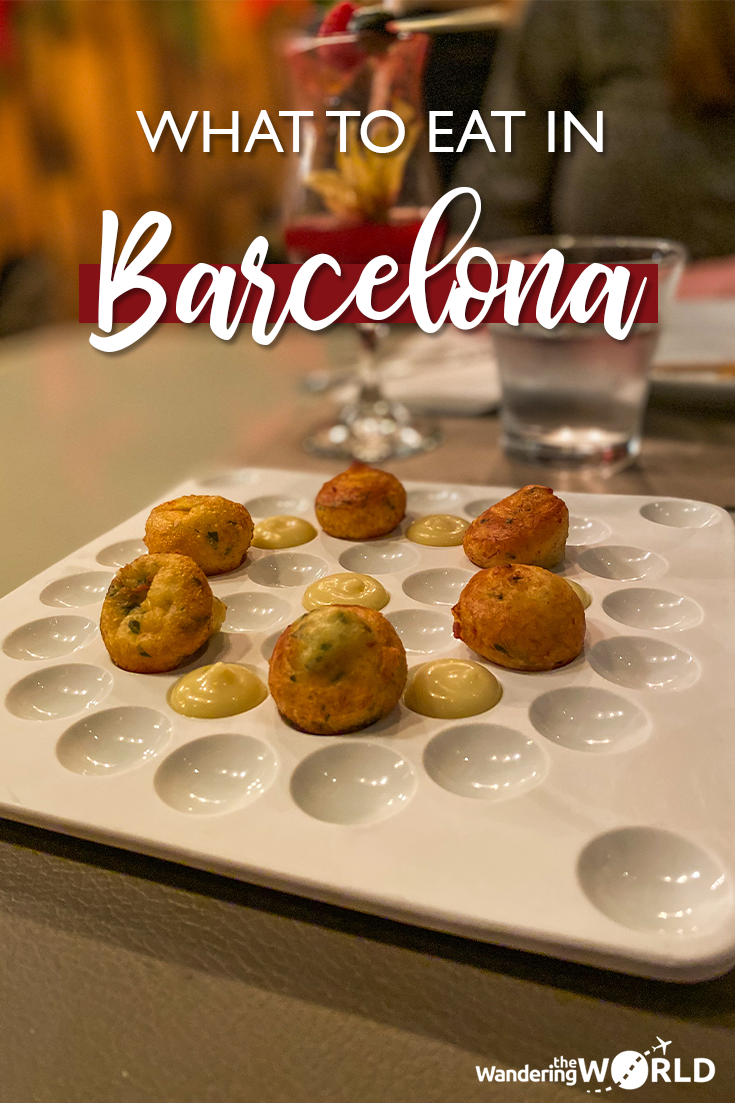
Catalan cuisine is so unique. Thank you for including more than just paella and tapas!
Thanks for commenting, Mo! Catalan cuisine is indeed more than paella and tapas. We tried our best to include a couple of other classics as well. 😊